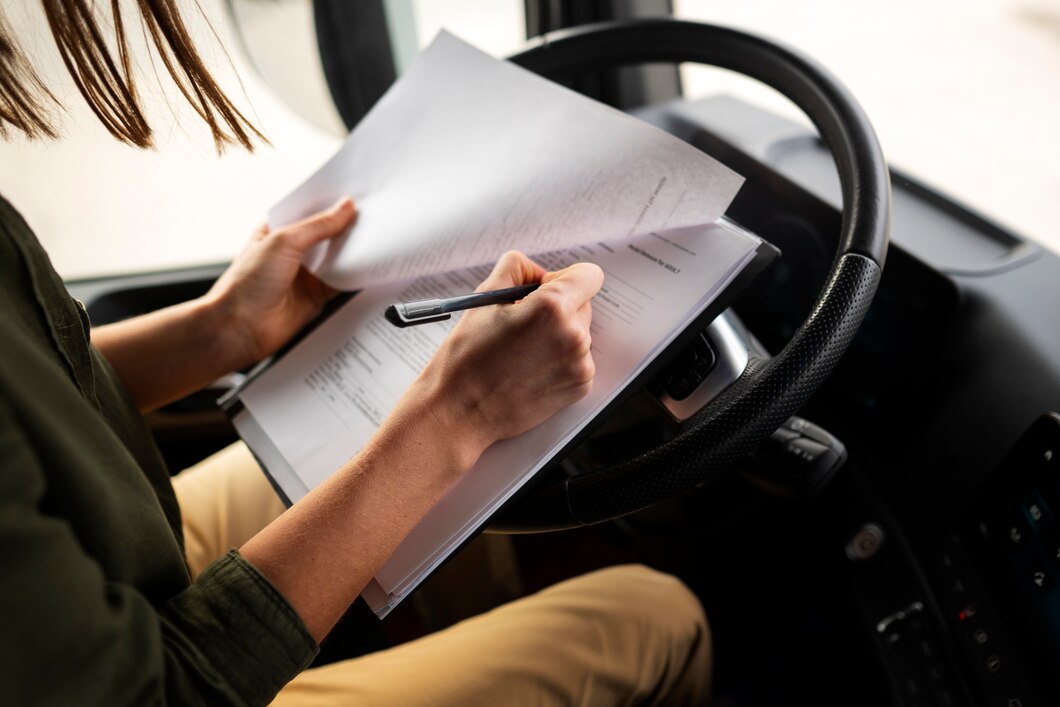Transferring ownership of a second-hand car involves several steps to ensure legal compliance and a smooth transition of ownership between the seller and the buyer. Whether you’re buying or selling a used car, here’s a comprehensive guide on how to transfer ownership:
1. Gather Necessary Documents:
Before initiating the transfer process, gather the following documents:
- Certificate of Title (or Pink Slip): This document proves ownership of the vehicle and contains essential information such as the vehicle identification number (VIN), make, model, and current odometer reading.
- Bill of Sale: A bill of sale is a legal document that records the sale transaction between the buyer and the seller. It includes details such as the purchase price, date of sale, names and addresses of both parties, and the vehicle’s description.
- Release of Liability: Some jurisdictions require a release of liability form to be completed and submitted by the seller to the local Department of Motor Vehicles (DMV) or equivalent authority. This form protects the seller from legal and financial responsibility for the vehicle after it is sold.
- Odometer Disclosure Statement: Federal law in many countries requires sellers to disclose the accurate mileage of the vehicle at the time of sale. Both the seller and buyer must sign an odometer disclosure statement, which is typically part of the title or a separate form.
- Vehicle History Report: Although not always required, having a vehicle history report can provide valuable information about the car’s past ownership, accidents, and maintenance records.
2. Prepare the Car for Sale:
- Clean the Car: Present the car in its best condition for inspection by potential buyers. A clean and well-maintained vehicle is more attractive to buyers and can command a better price.
- Gather Maintenance Records: If available, gather any maintenance records, receipts, or service history documents to demonstrate the car’s upkeep and maintenance.
3. Negotiate and Finalize the Sale:
- Negotiate the Sale Price: Agree on a purchase price with the buyer. Be prepared to negotiate based on the condition of the car, market value, and any inspection findings.
- Complete the Bill of Sale: Fill out the bill of sale accurately and sign it along with the buyer. Include all necessary details and ensure both parties have a copy for their records.
4. Transfer Ownership with the DMV or Equivalent Authority:
- Complete Transfer Forms: Visit your local DMV or equivalent authority’s office to complete the transfer of ownership paperwork. Both the seller and buyer may need to fill out specific forms provided by the authority.
- Submit Required Documents: Submit the certificate of title, bill of sale, release of liability (if applicable), and any other required documents to the DMV. Pay any transfer fees or taxes as required by your jurisdiction.
- Verify Identification: Both parties may need to provide identification to verify their identities and signatures on the transfer documents.
5. Receive Confirmation and New Title:
- Receive Confirmation: After submitting all required documents and fees, the DMV will process the transfer of ownership. You may receive a confirmation receipt or temporary registration documents.
- Receive New Title: Once processed, the buyer will receive a new certificate of title in their name from the DMV. This document confirms legal ownership of the vehicle.
6. Notify Insurance Company:
- Update Insurance: Notify your insurance company of the vehicle’s sale or purchase. Update your policy or obtain new coverage for the vehicle under the new owner’s name.
7. Additional Considerations:
- Registration Renewal: Ensure the vehicle registration is up to date and transfer any remaining registration or license plate stickers to the new owner if applicable.
- State-Specific Requirements: Be aware of any additional requirements or regulations specific to your state or country regarding vehicle transfers and sales.
By following these steps and ensuring all necessary documents are completed accurately and submitted promptly, you can successfully transfer ownership of a second-hand car. This process helps protect both the seller and the buyer, ensuring a legal and transparent transaction.











